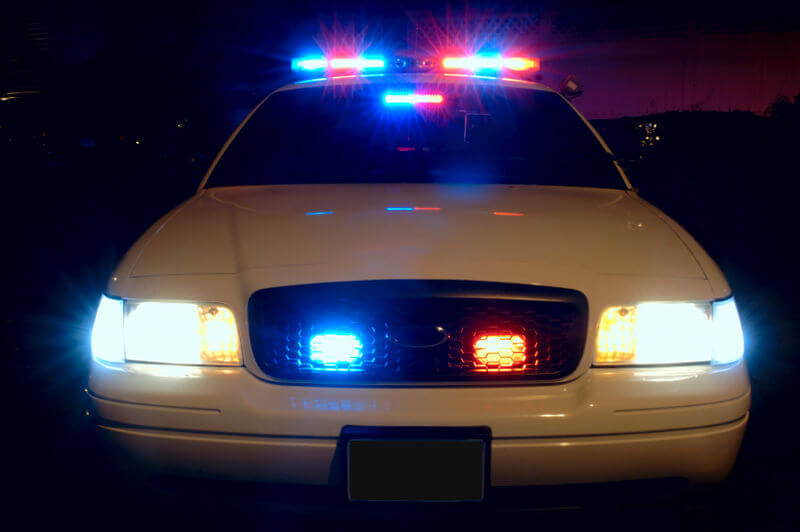When Stopped By A Police Officer
78
When Stopped By A Police Officer
admin-General
Blog Categories:
There is a definite protocol that should be followed when being stopped by a police officer. This situation is probably not covered in driver's ed and the most important item is to remain calm and follow this simple set of guidelines.

View from the rear mirror when being stopped by a police officer.
- Pull over to the side of the road at the first convenient location.
- Stay in your car unless the officer instructs you otherwise.
- Keep you hands in sight at all times and preferably on the steering wheel. Officers are trained to watch for threatening hand motions and act accordingly.
- The officer will ask for the appropriate documentation, which is typically driver's license, vehicle registration, and proof of insurance. In most states, drivers must comply with this request and provide the documentation.
- When driving a vehicle you are required to carry this documentation, so before beginning your journey it is always a good idea to know where this is kept in your vehicle. Sounds simple, but if you are driving a rental car or borrowed car, it may not be obvious where the documentation is located.
- If stopped during darkness, it is a good idea to turn on the dome light so the officer can easily follow your actions.
- Do not make sudden movements, such as reaching to the floor or behind the seat.
- If you need to reach for the requested documentation, it is very important to mention to the officer what you are doing before reaching for the documents. And remember to only reach for the documentation and don't make sudden, unpredictable movements.
- The officer may issue a citation and will typically explain the reason. You may ask for clarification if you do not understand the situation.
- However, under no circumstances argue with the officer. The place for arguing is in a courtroom where you have the right to contest the citation.
Most likely the officer was driving an official, marked police car indicating a real police officer but may also be in an unmarked police car. If you are unsure about the authenticity of the officer, you can:
- Ask to see the officer's badge. A real police officer will show you their badge, not just a quick flash, and allow you to write down the badge number.
- Ask the officer for photo identification and even have them follow you to the nearest police station if you are still unsure.
- When the officer returns to their car, you can call 911 and ask to verify the officer's authenticity. Officers call in all stops so the emergency response center can verify the situation.
- There has recently been discussion of dialing 112, which is the European emergency number standard. In many states this number works as well, but is simply forwarded to 911.
- If you feel in danger, turn on your hazard lights and slowly drive to the nearest well-lighted populated area.
The bottom line is that police officers are simply doing their job. Following the above guidelines can make the best out of a tough situation. And remember to save the arguments for the courtroom and keep your cool.
